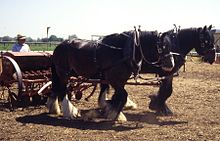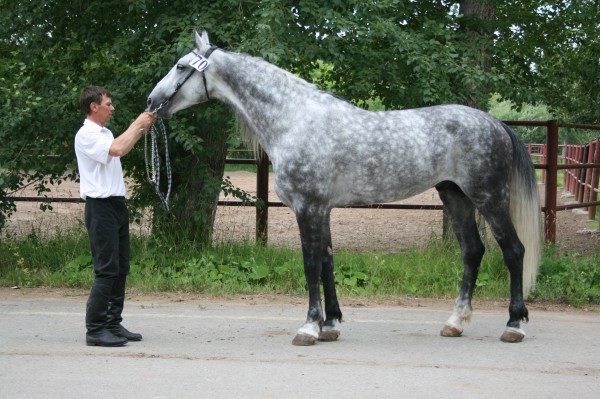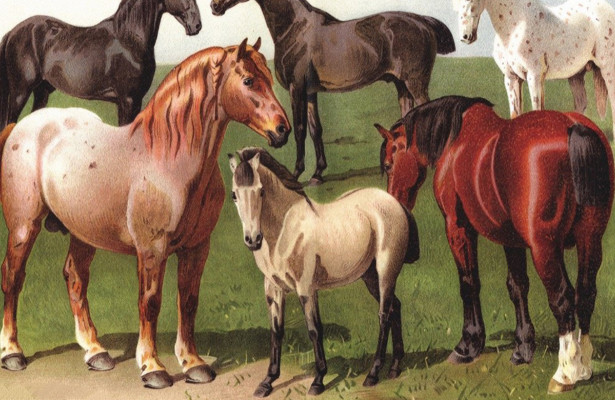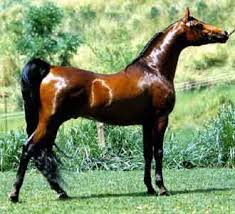mountains
OSSETIAN ROCK HORSE (part 4)
 The high level of development of horse breeding among the Alans is evidenced by archeological data and written sources. Thus, an excellent Alanian horse is reported by an anonymous Armenian author of the 9th century (according to other sources – the 11th century), referred to by some researchers as the Pseudo-Shapuh Bagratuni. In his work, he presents Alanya as a country in which there are many “noble horses” [7, p. 76]. Probably, noble horses are understood as purebred Alanian riding horses, distinguished by purity of blood and superior to other breeds by a combination of qualities necessary for a good riding horse.
The high level of development of horse breeding among the Alans is evidenced by archeological data and written sources. Thus, an excellent Alanian horse is reported by an anonymous Armenian author of the 9th century (according to other sources – the 11th century), referred to by some researchers as the Pseudo-Shapuh Bagratuni. In his work, he presents Alanya as a country in which there are many “noble horses” [7, p. 76]. Probably, noble horses are understood as purebred Alanian riding horses, distinguished by purity of blood and superior to other breeds by a combination of qualities necessary for a good riding horse.
Seljuk Sultans, who captured vast territories in the Middle East during the pre-Mongol period, were true admirers and deep connoisseurs of riding horses. Of all the known horse breeds, they usually chose between horses brought from Hungary or the Caucasus. Eastern authors call Caucasian horses “Tavlinsky” [4, p. 56]. Continue reading
OSSETIAN ROCK HORSE (part 3)
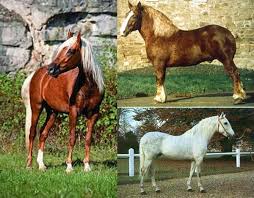 Archaeological material belonging to the Scythian period reflects close contacts between Iranian-speaking nomads and Caucasian tribes. Particularly intense interaction took place in the Central Caucasus. Under the influence of the ancient Iranians, local tribes underwent changes in military affairs. They began to use cavalry in the war, especially in the 7th-6th centuries. BC, during the stay in the open spaces of the North Caucasus Scythians. From time to time, their numerous equestrian squads made successful campaigns from here to the countries of the Near East. During this period, cavalry became the dominant branch of the Caucasian tribes. Together with equestrian battle tactics, Caucasian tribes adopt the horse itself from the Scythians. Part of the Scythians, and in the VI-V centuries. BC. and savromatov, mixed with cobans who lived in the foothills. The presence of nomadic burials in the mountainous regions of the Central Caucasus dating back to the 7th-6th centuries. Continue reading
Archaeological material belonging to the Scythian period reflects close contacts between Iranian-speaking nomads and Caucasian tribes. Particularly intense interaction took place in the Central Caucasus. Under the influence of the ancient Iranians, local tribes underwent changes in military affairs. They began to use cavalry in the war, especially in the 7th-6th centuries. BC, during the stay in the open spaces of the North Caucasus Scythians. From time to time, their numerous equestrian squads made successful campaigns from here to the countries of the Near East. During this period, cavalry became the dominant branch of the Caucasian tribes. Together with equestrian battle tactics, Caucasian tribes adopt the horse itself from the Scythians. Part of the Scythians, and in the VI-V centuries. BC. and savromatov, mixed with cobans who lived in the foothills. The presence of nomadic burials in the mountainous regions of the Central Caucasus dating back to the 7th-6th centuries. Continue reading

